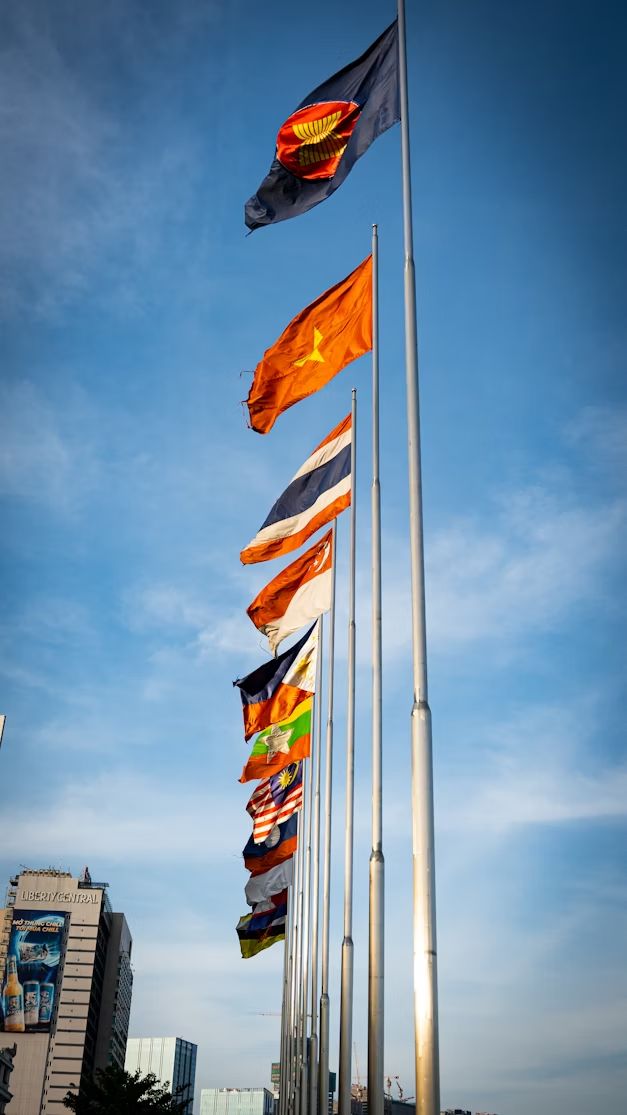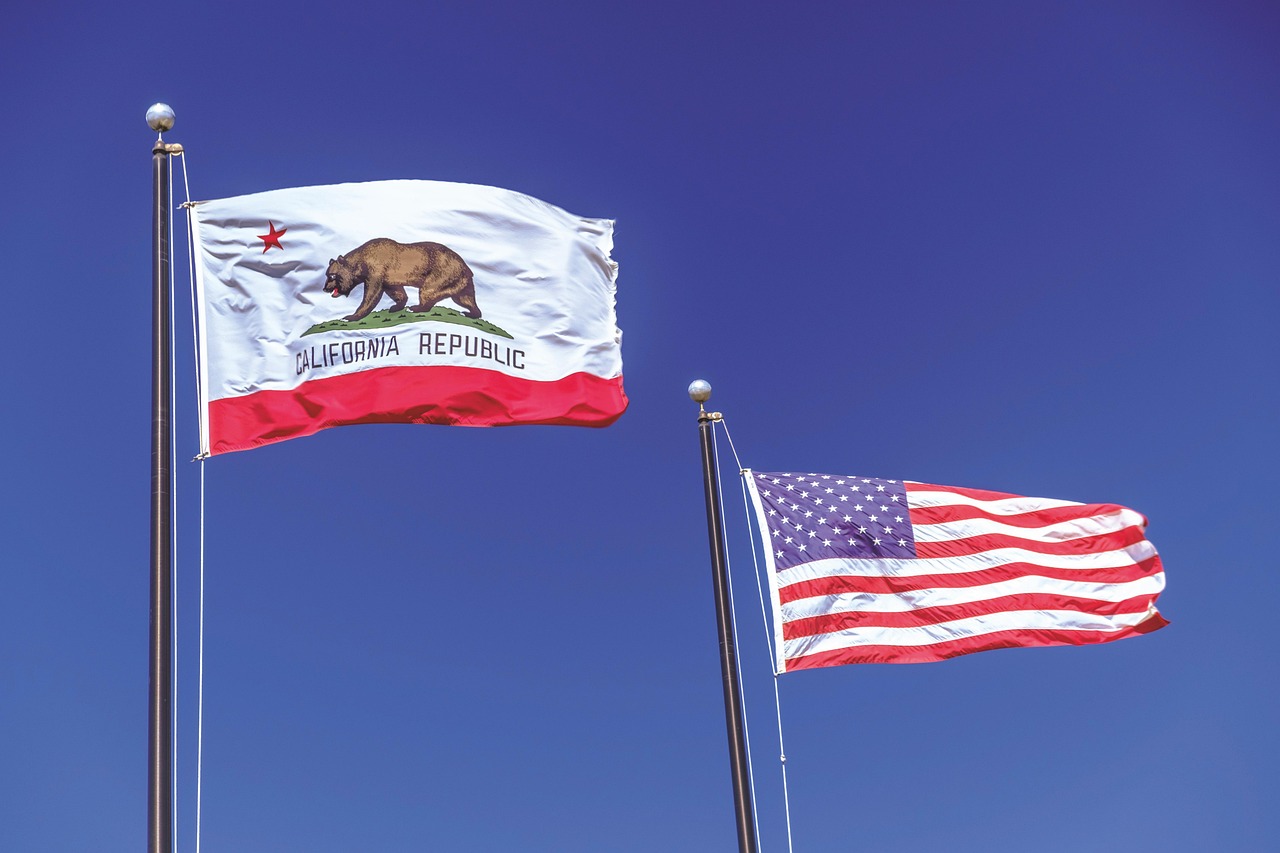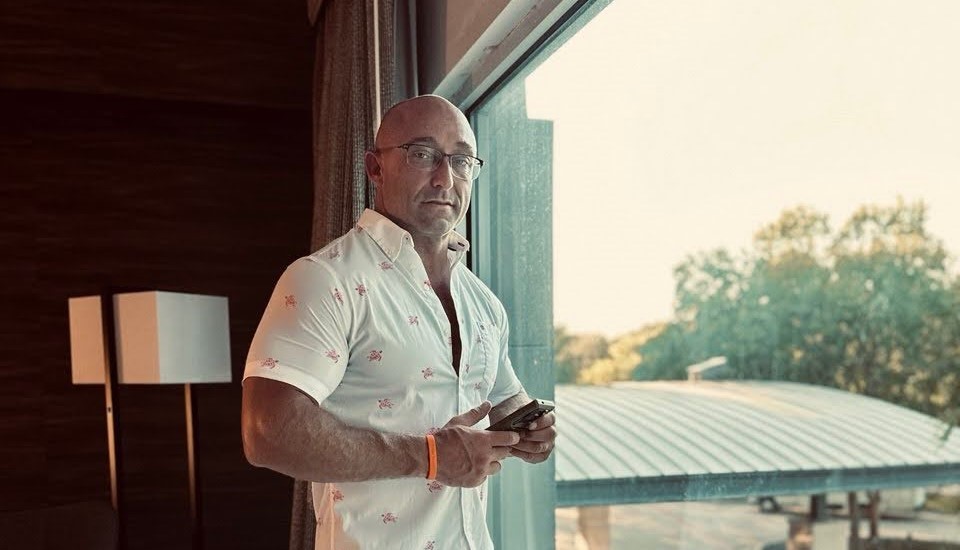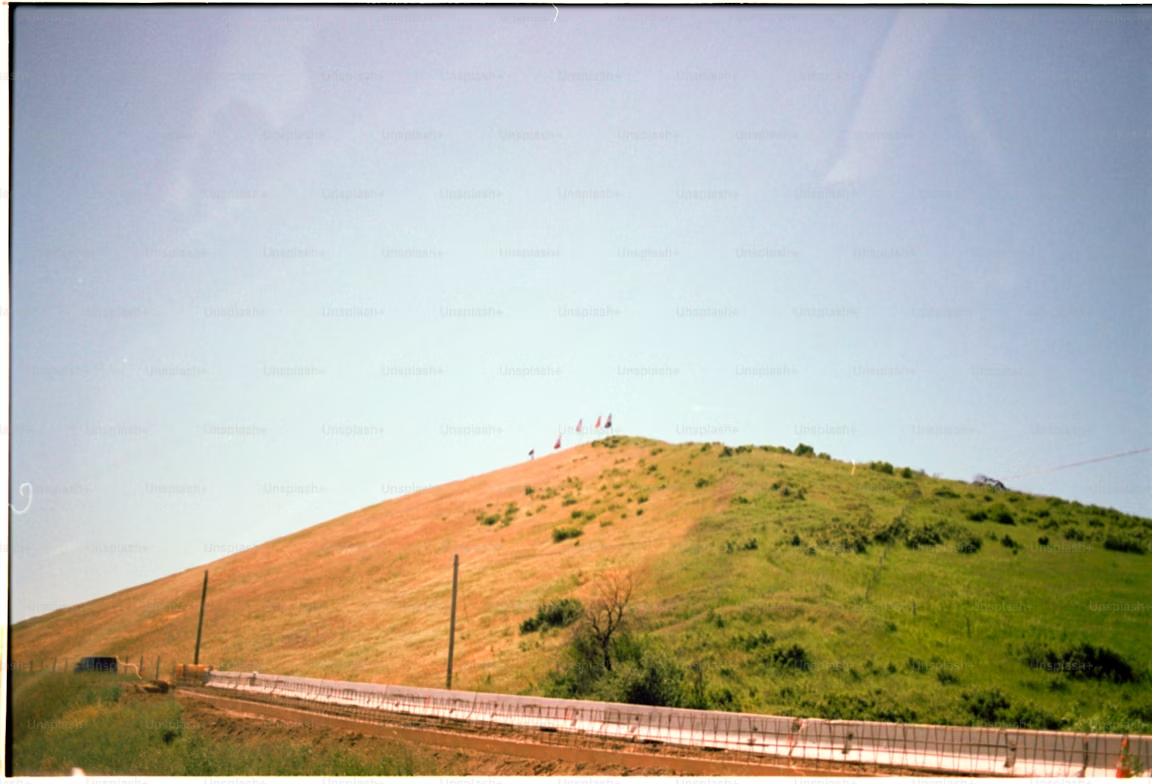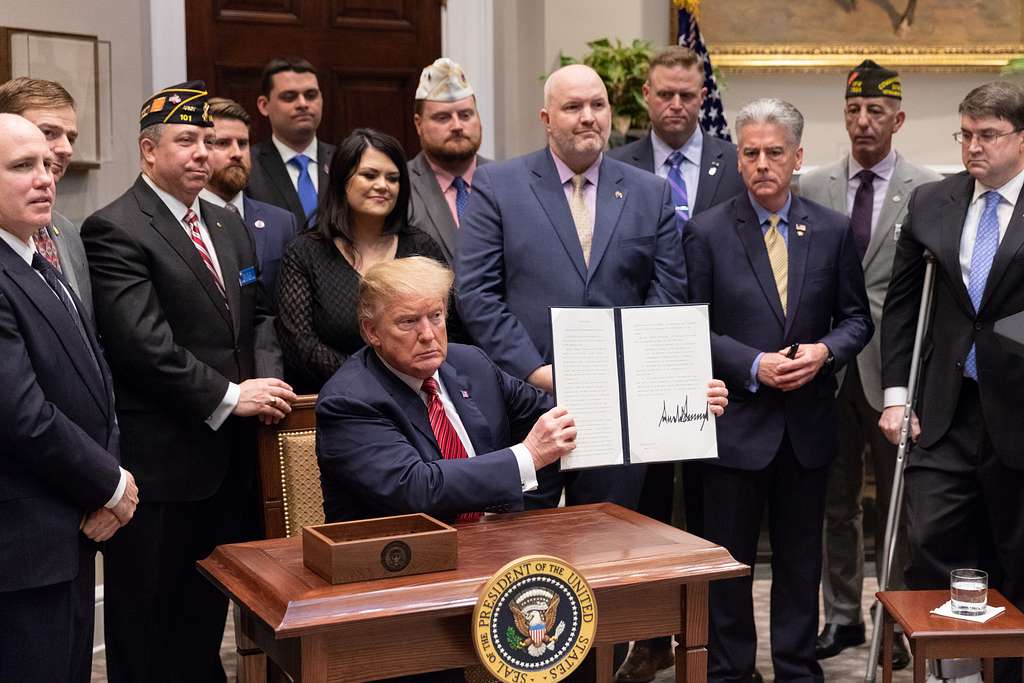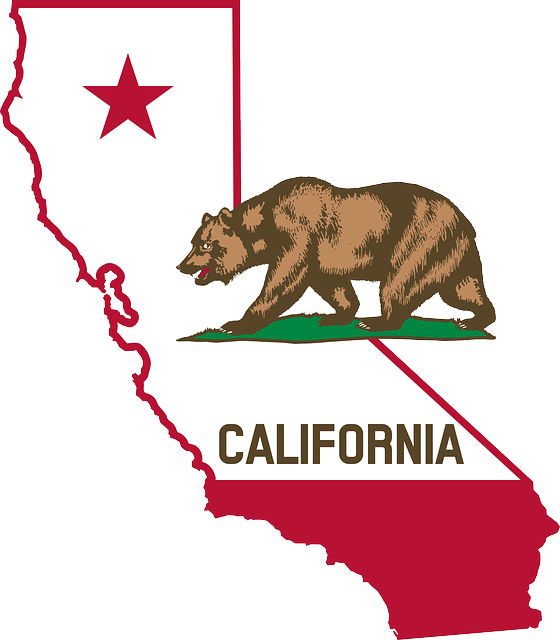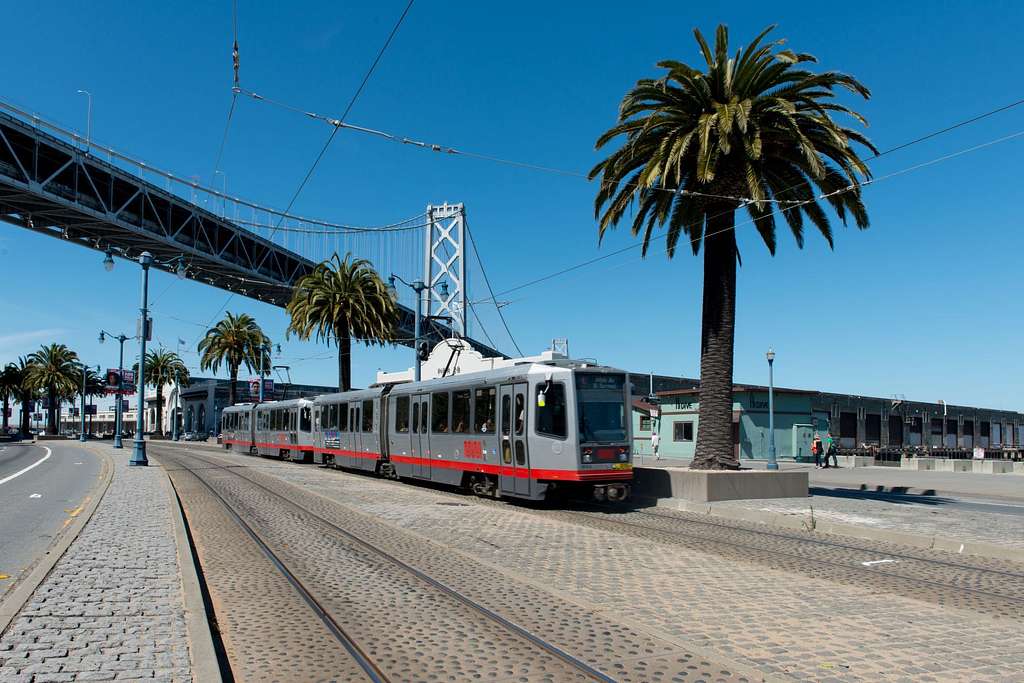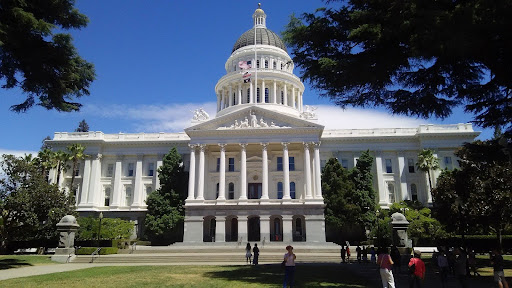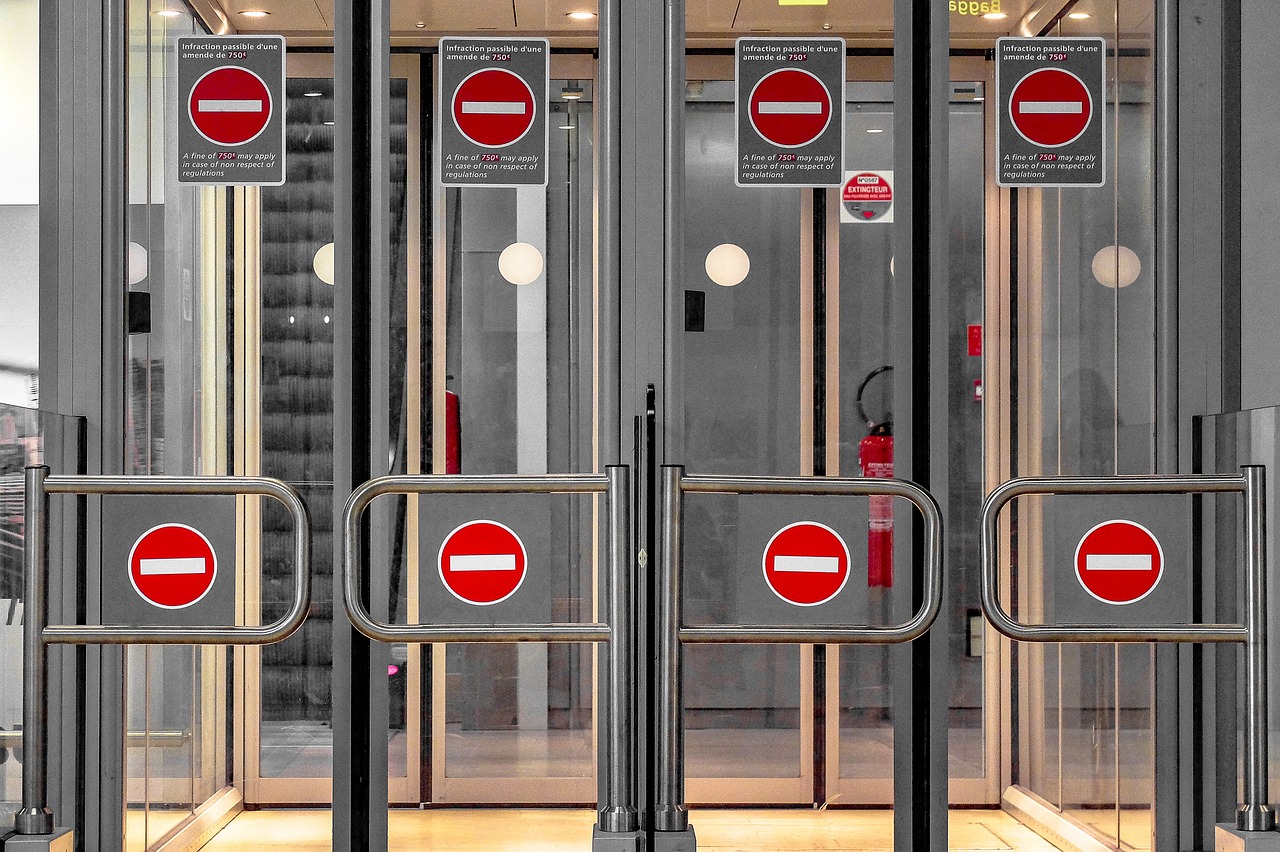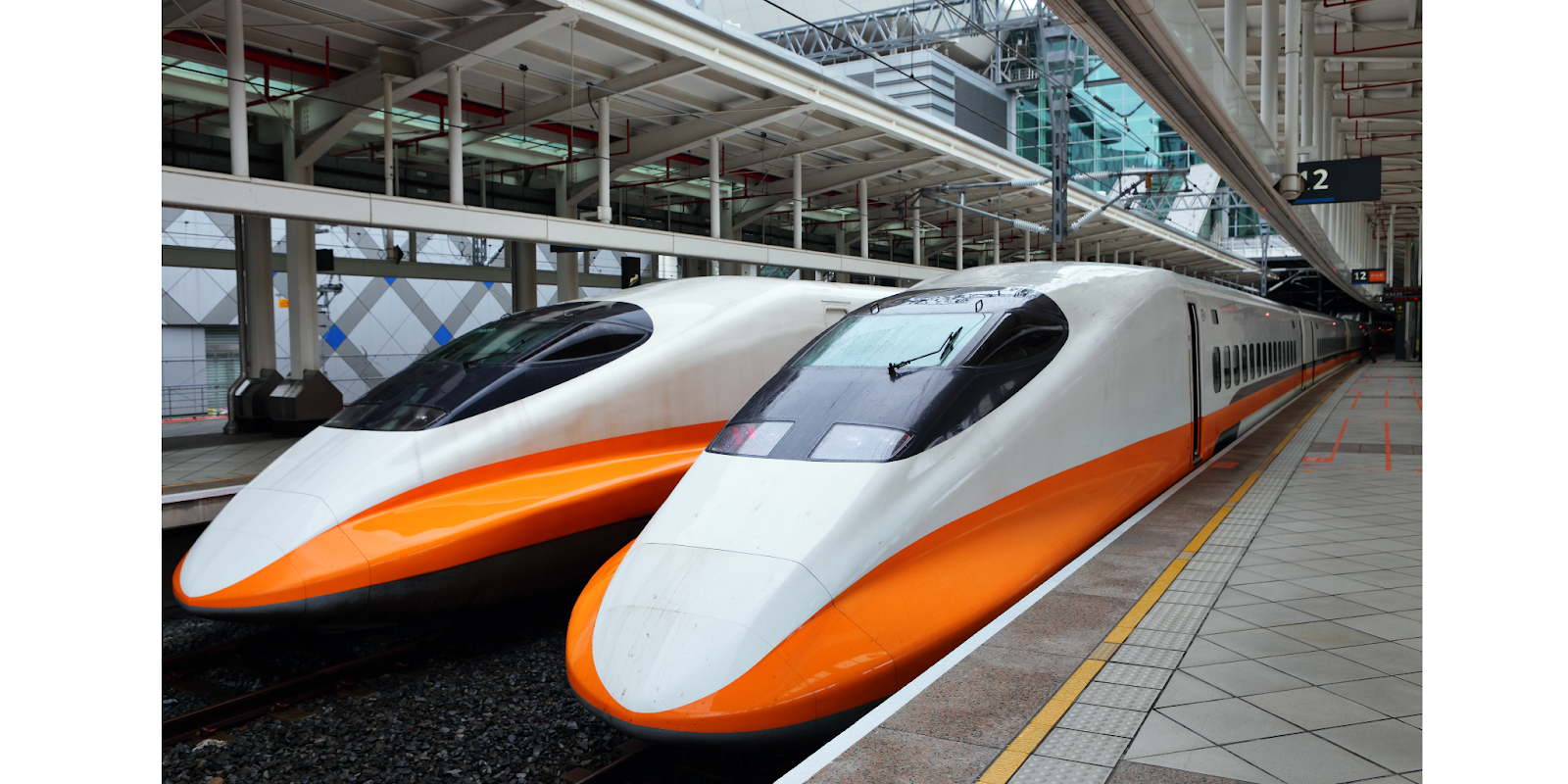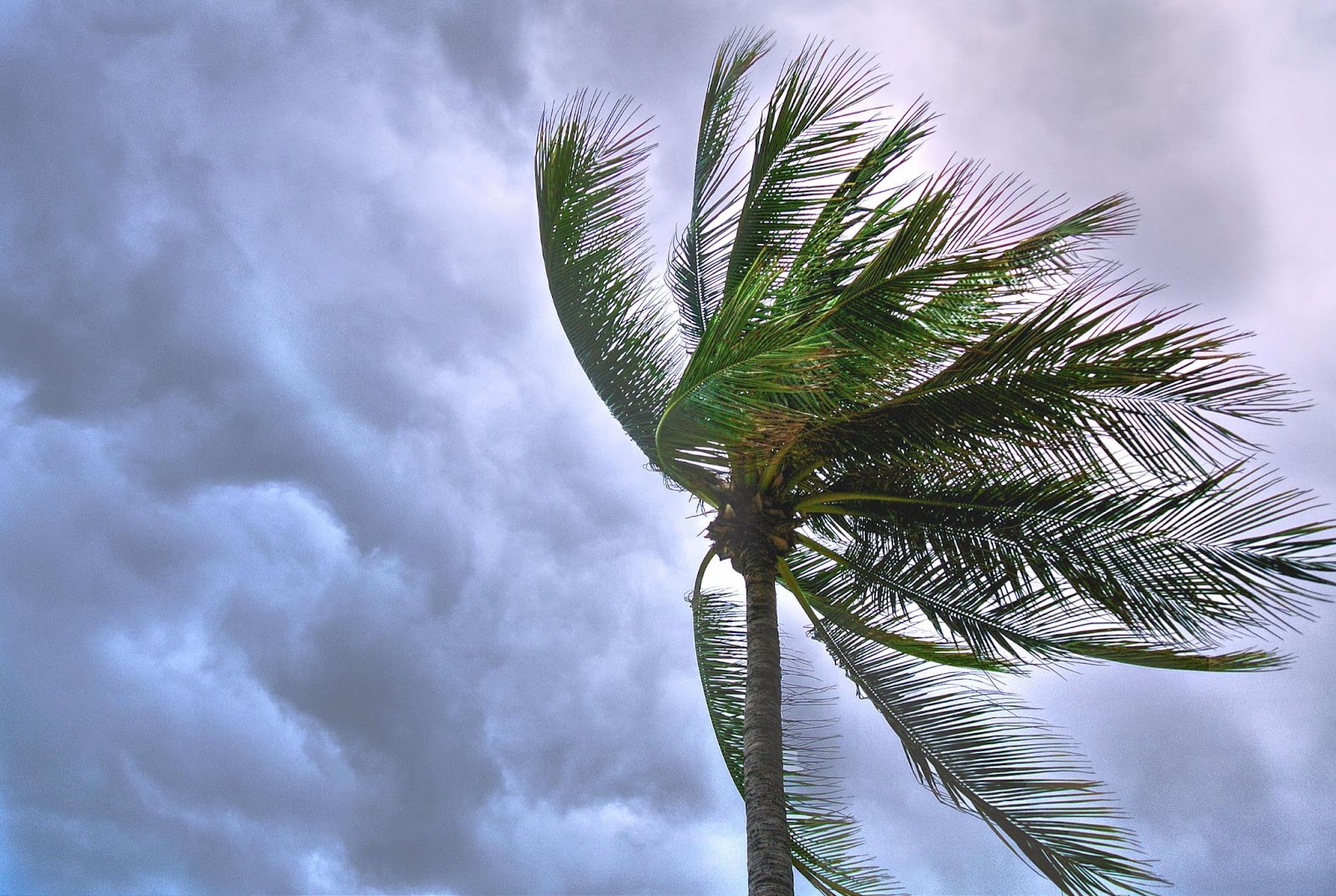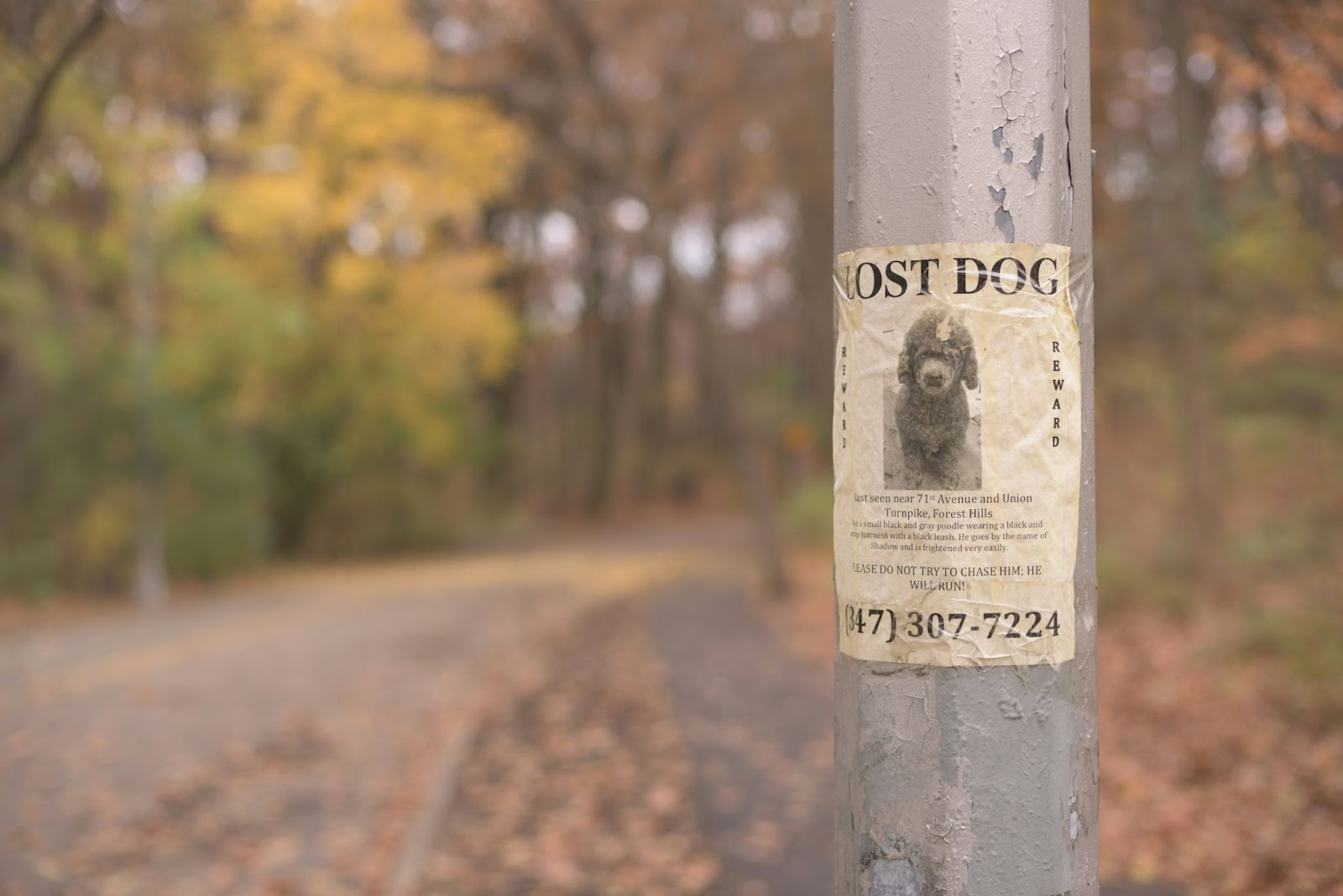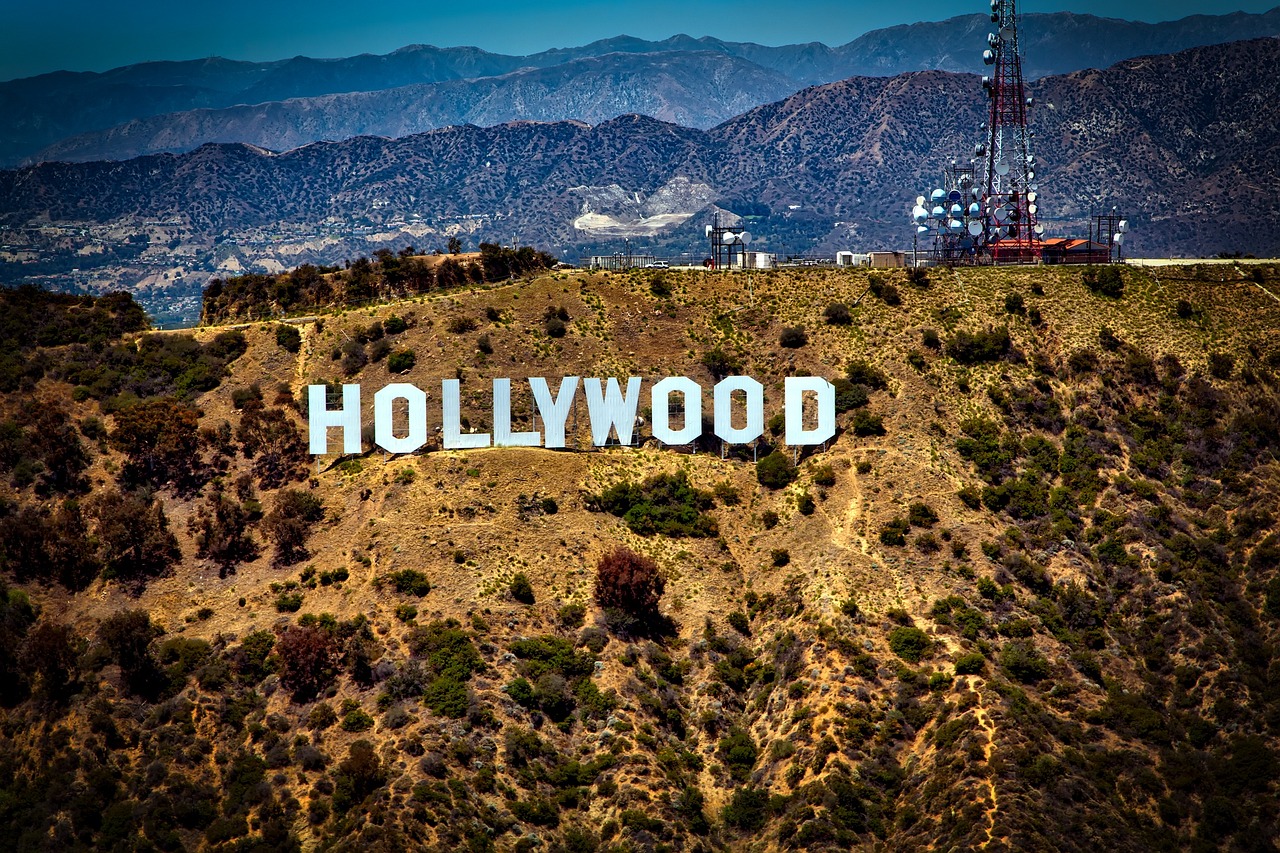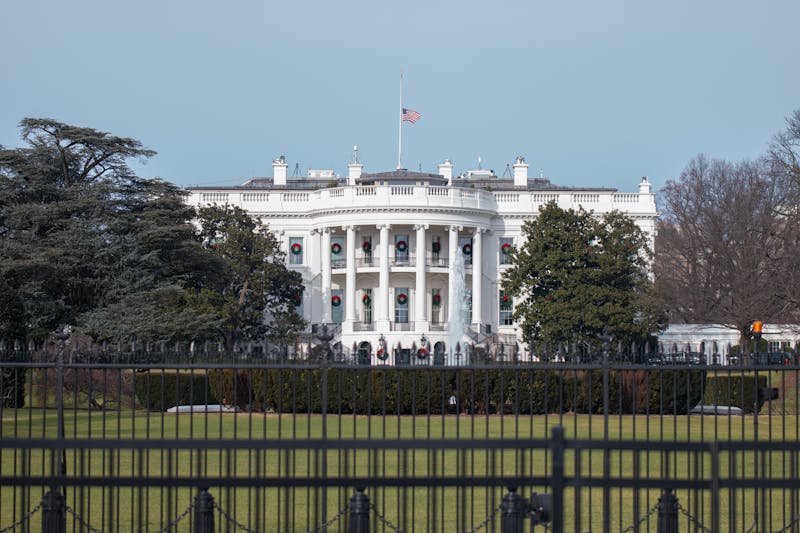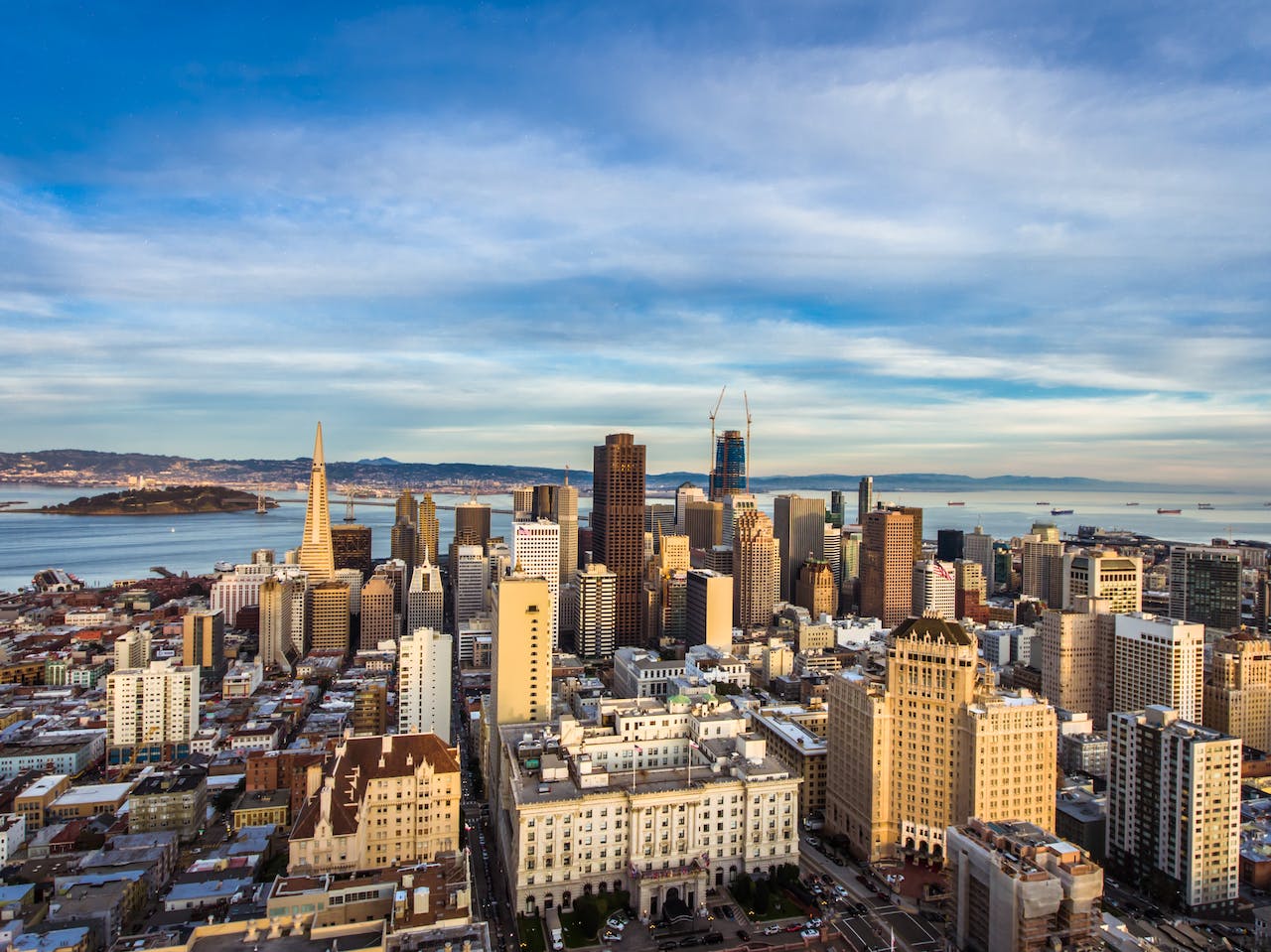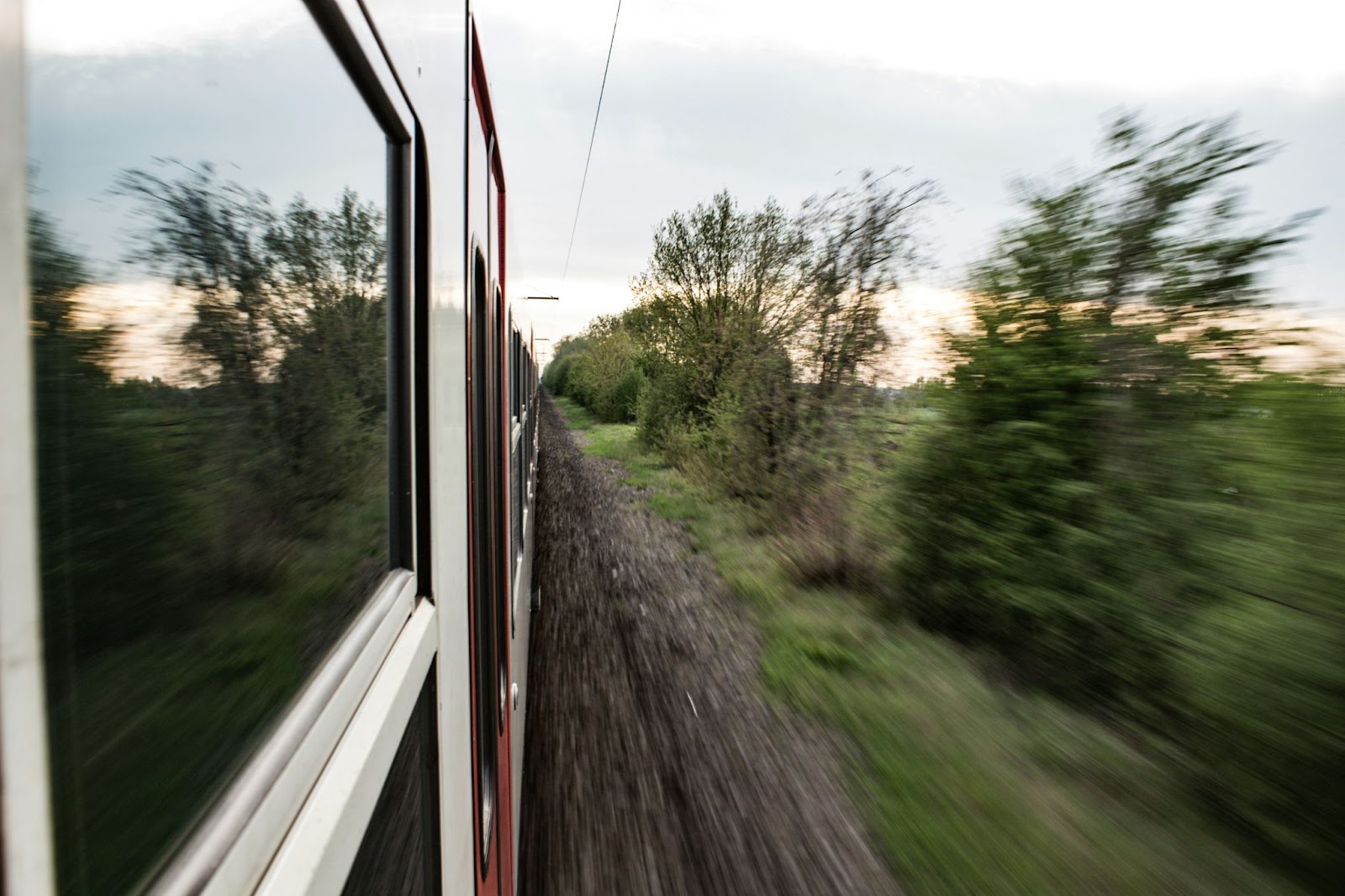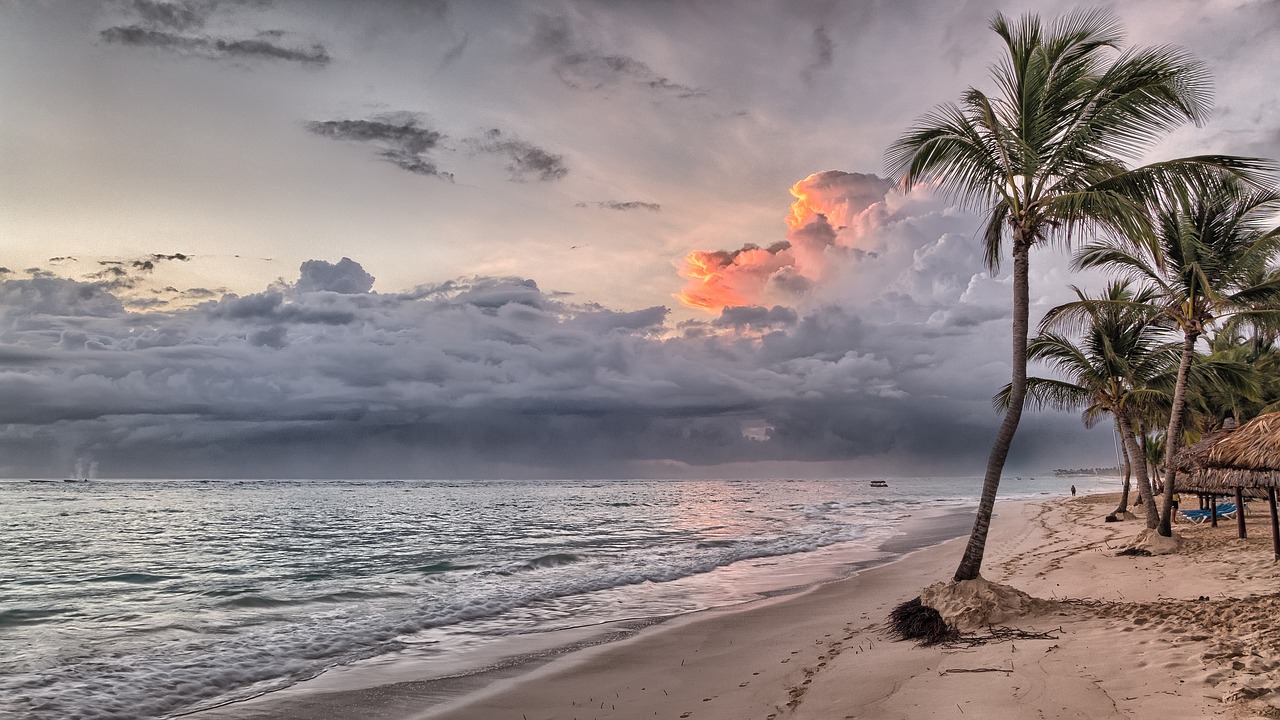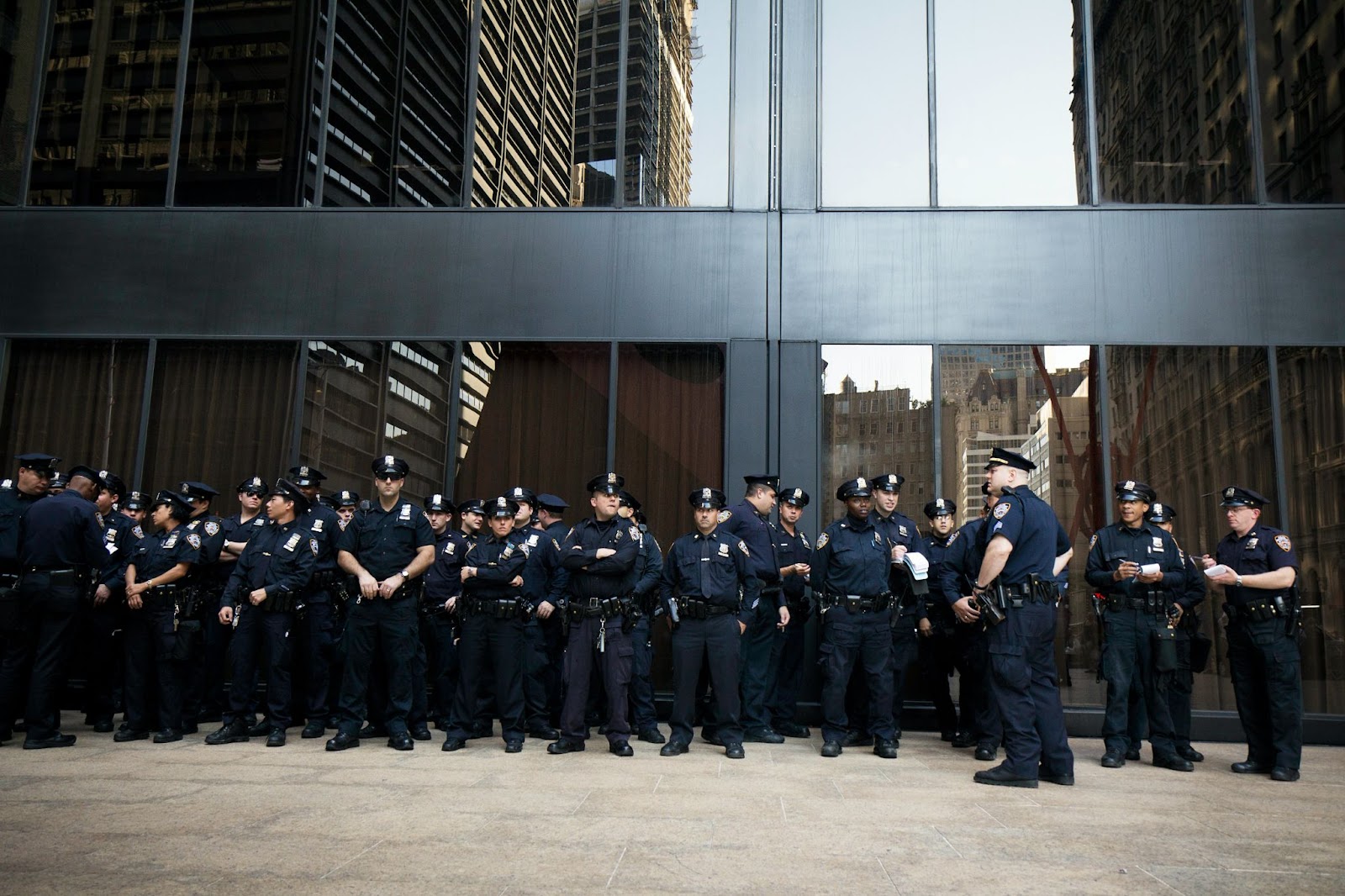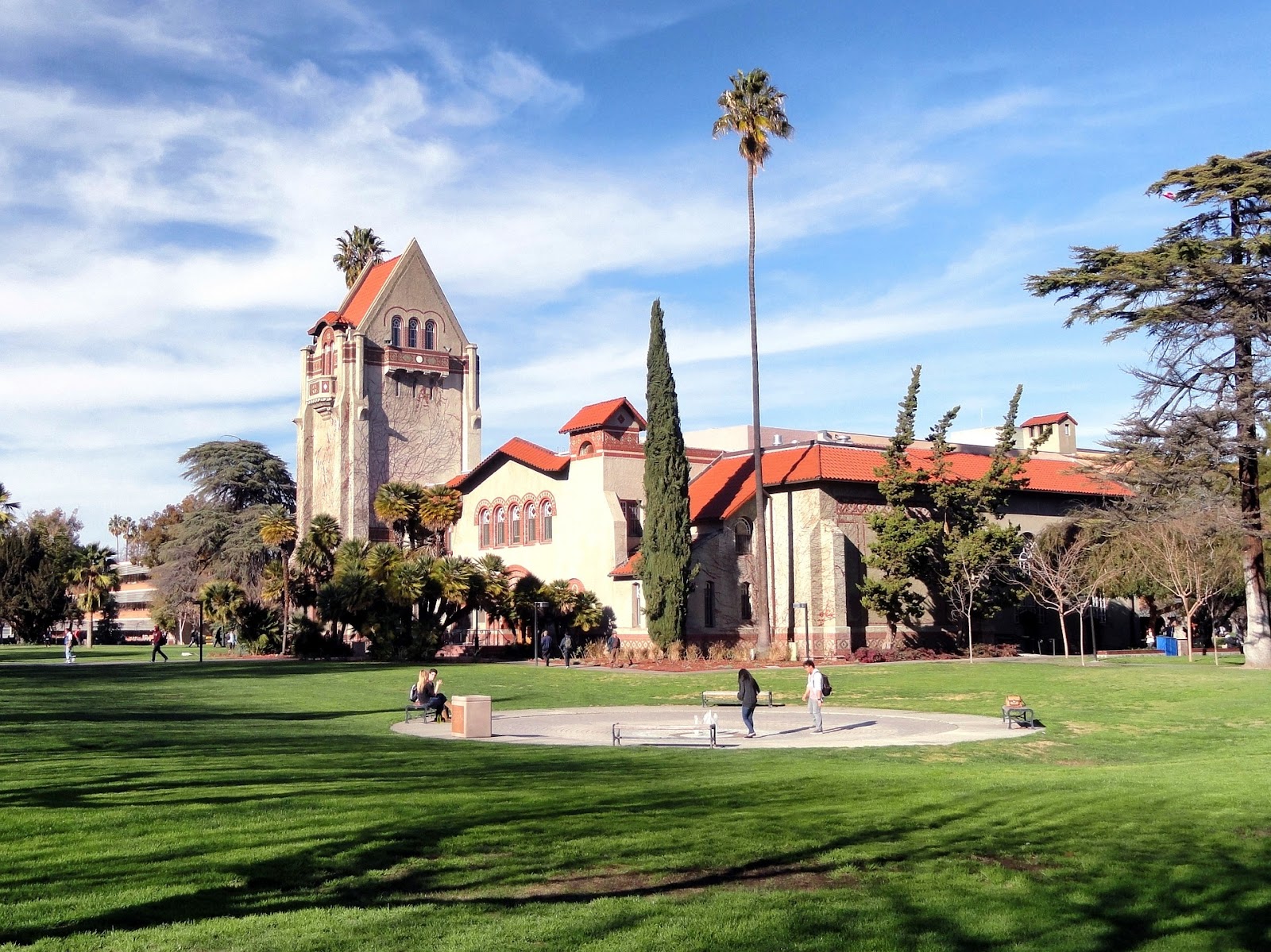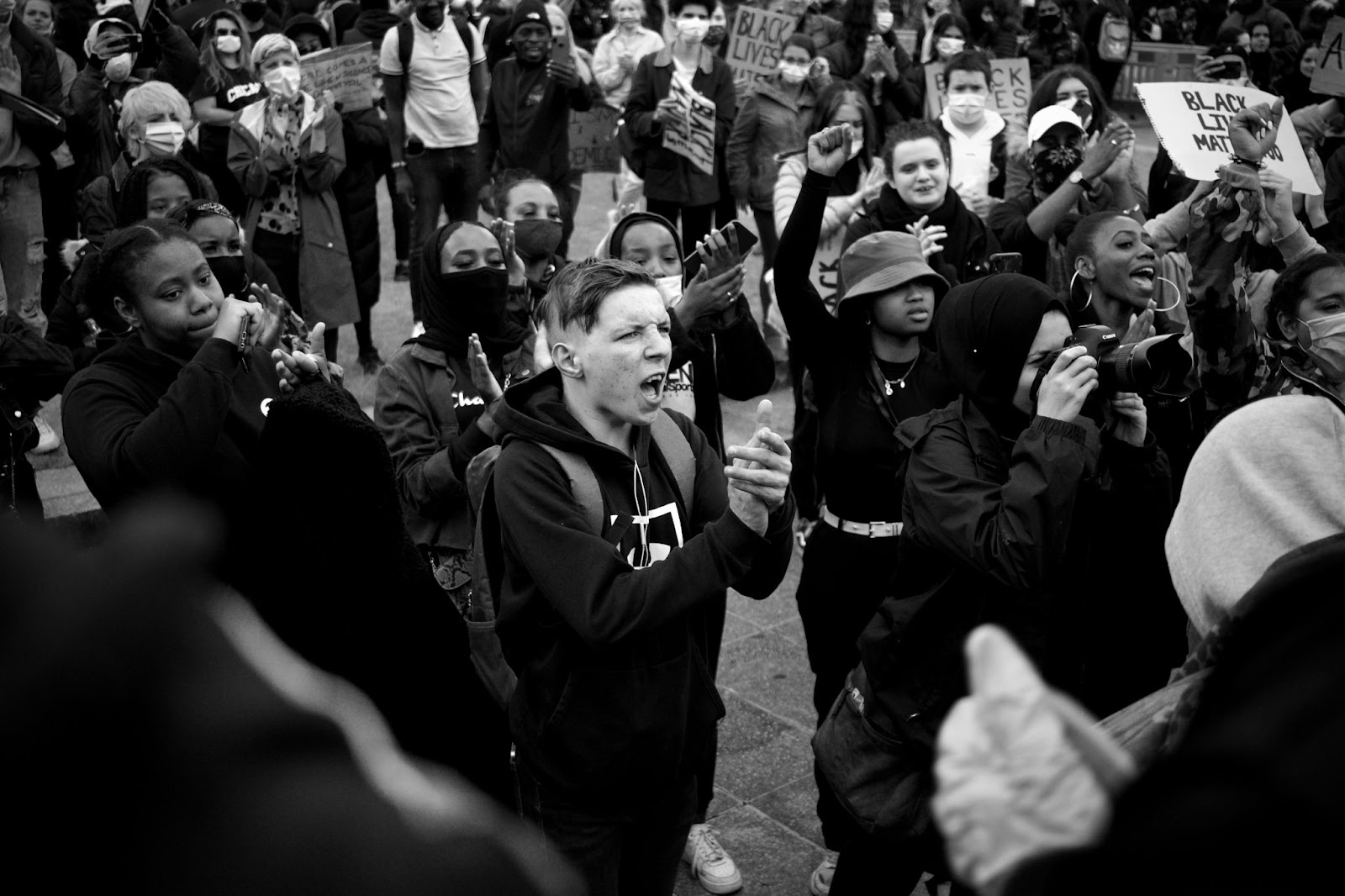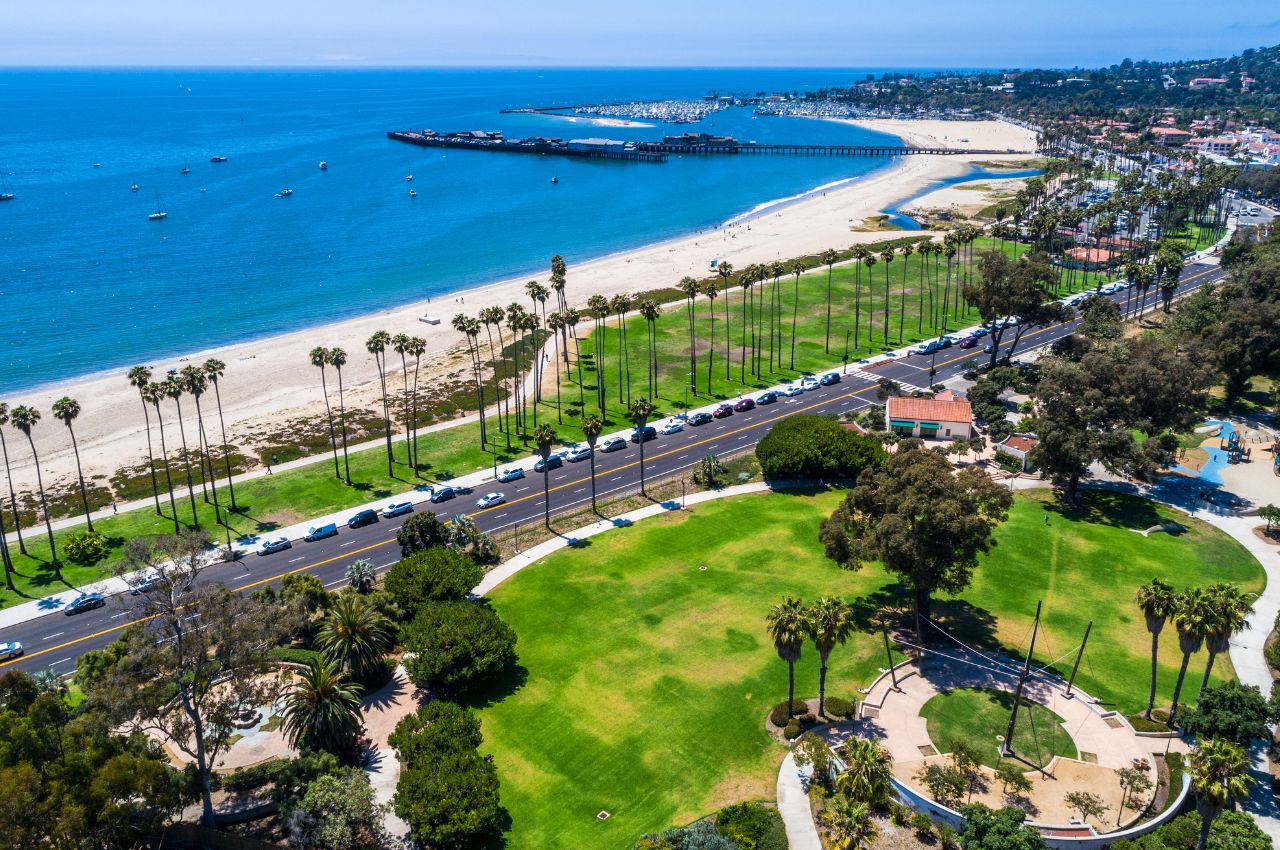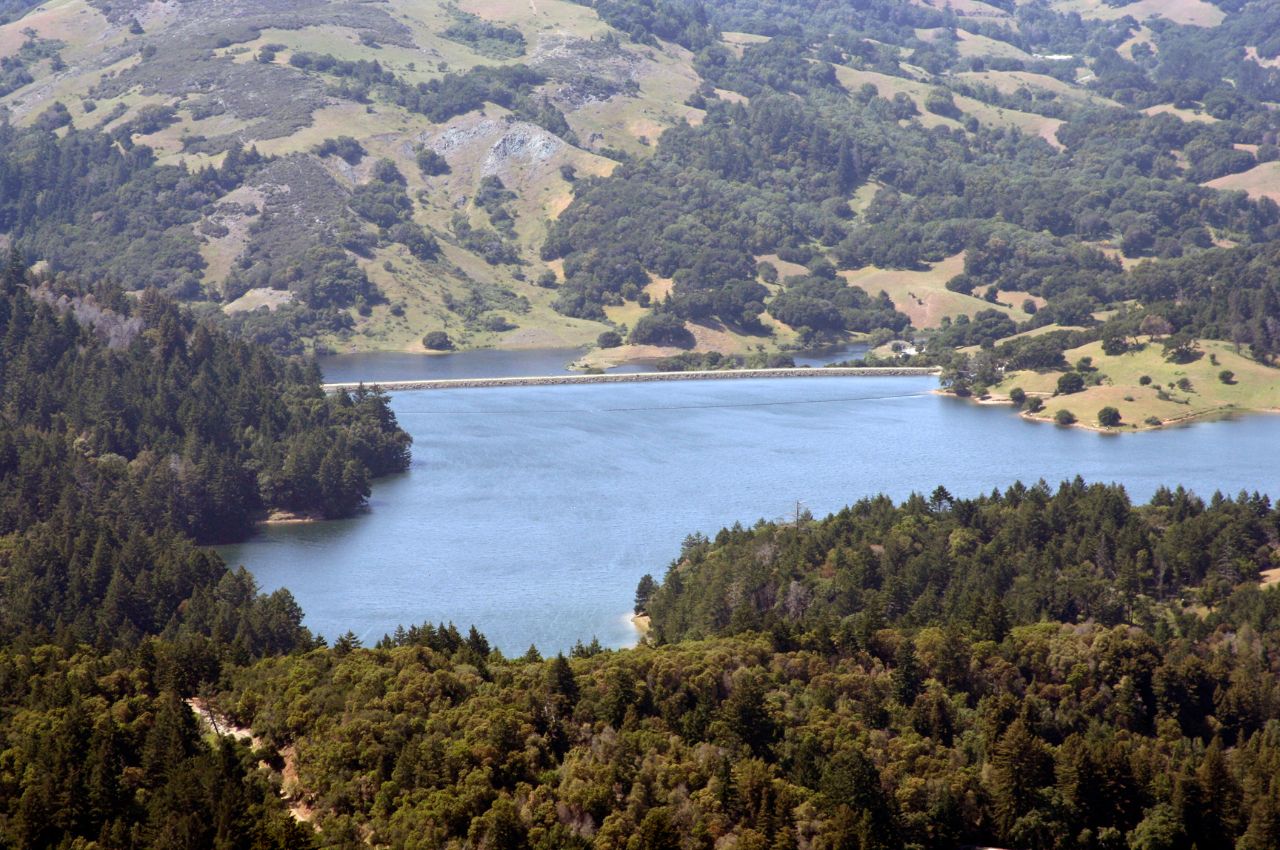California is once again at the heart of discussions around daylight saving time (DST), potentially setting a precedent for how time might be managed not just statewide but across the entire West Coast. At the forefront of the debate is State Senator Roger Niello, who has introduced a bill aiming to do away with DST and maintain permanent standard time instead. This move, part of a wider collaboration with lawmakers from Oregon and Washington, hints at a significant change in how time is perceived and used regionally.
The push to scrap DST stems from growing concerns over its impact on public health. The American Medical Association, alongside sleep scientists, has long warned about the health risks tied to the sudden shift in time, particularly pointing out the spike in heart-related issues that accompany the transition to DST. The bill argues that sticking to standard time throughout the year aligns more closely with our natural circadian rhythms, ultimately fostering improved health and well-being.
Senator Niello’s proposal draws on a mandate from California voters who overwhelmingly supported Proposition 7 in 2018. This measure not only opened the door for the state to adopt daylight saving time year-round—if Congress were to allow it—but also set the stage for California to independently decide to maintain standard time permanently without federal approval. This unique legislative framework underscores a growing discontent with the biannual clock changes and a desire for a more stable timekeeping system.
Despite the health concerns and legislative momentum, the debate is far from one-sided. Critics of the proposed shift argue that the benefits of DST extend beyond health and safety, touching on economic and environmental considerations. For example, longer daylight hours in the evening are thought to encourage consumer spending and reduce energy consumption, contributing to economic vitality and sustainability efforts. These factors are believed to improve public safety and general well-being, making the case for maintaining the status quo.
Both sides of the DST debate present a complex picture. As California’s lawmakers deliberate on this bill, the dialogue must extend beyond the state legislature chambers to engage various stakeholders, including health professionals, environmental activists, business owners, and the general public. The outcome of this debate will not only determine the state’s relationship with time but also signal potential shifts in national and regional attitudes toward daylight saving time.
The bill’s fate, and by extension, the future of DST in California, is intertwined with similar legislative efforts in neighboring states. Oregon, for example, is closely watching California’s progress, with the understanding that a collective move away from DST could strengthen the case for change at the federal level. This regional coalition reflects a broader dissatisfaction with the current system and a shared vision for a more harmonious approach to time.
With the legislative process in motion and public opinion evolving, California stands at a pivotal moment. As the state contemplates making a permanent change to standard time, the broader implications for health, safety, economic activity, and environmental sustainability remain hot topics of discussion. Whether California will lead the charge in redefining how we measure and value our time is a question that captures the essence of this ongoing debate.














